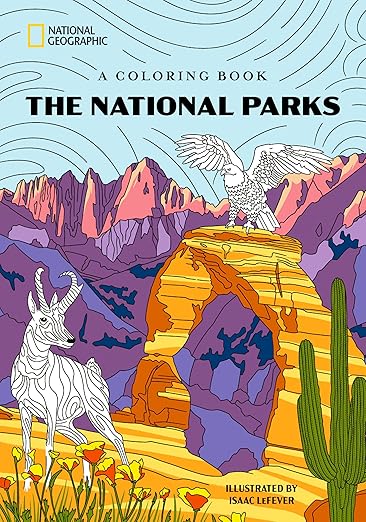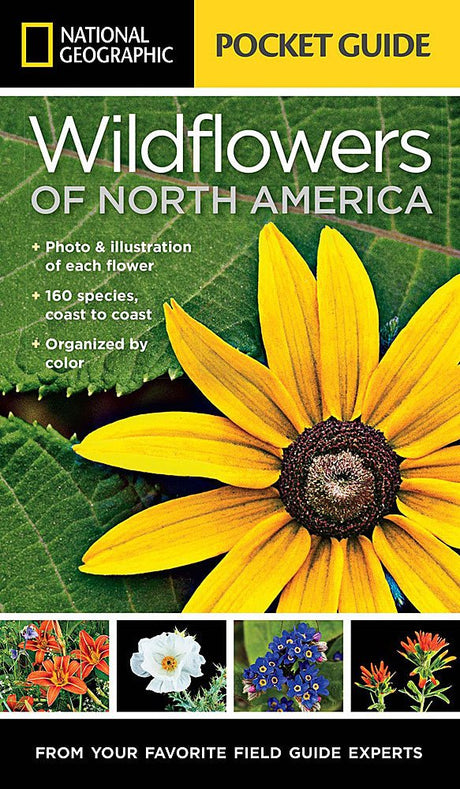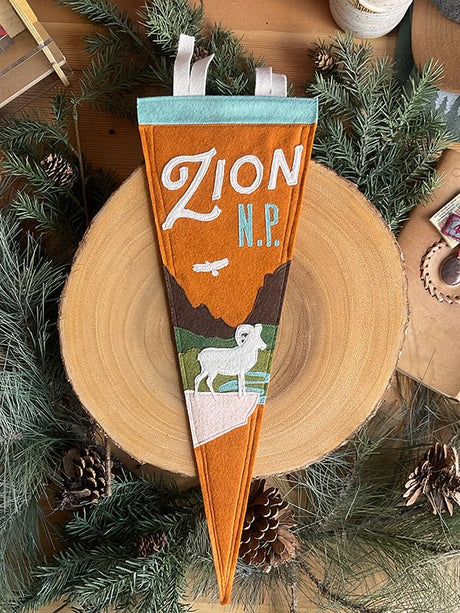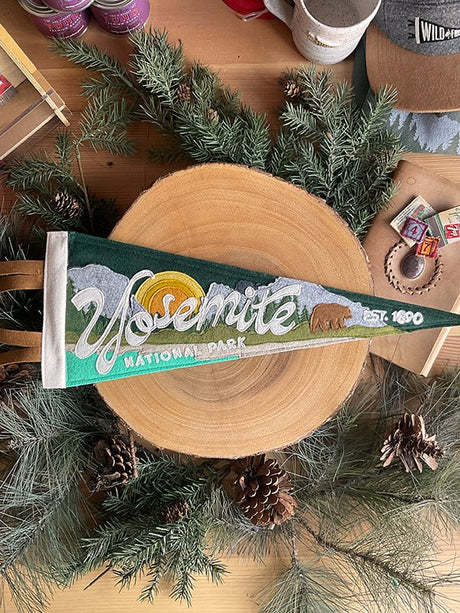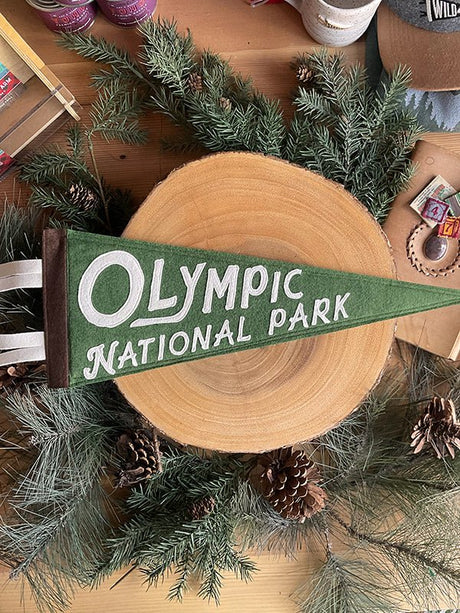Today in history — July 20, 1969 — humanity took its first steps on the Moon.
As we celebrate the anniversary of the Apollo 11 Moon Landing, there’s no better way to honor that spirit of exploration than by setting foot on a landscape that feels just as otherworldly, right here on Earth:
Craters of the Moon National Monument and Preserve, in southern Idaho.

This lesser-known national monument is one of the most surreal and spectacular destinations in the U.S.—a place where black lava fields stretch to the horizon, cinder cones rise like moonscape mountains, and lava tubes beckon beneath the surface. It's no exaggeration to say: it looks alien—and that’s exactly why NASA once trained astronauts here.
🌋 A Landscape Built by Fire, Fit for Moonwalkers
Craters of the Moon was formed by a series of volcanic eruptions along the Great Rift thousands of years ago, creating a jagged, starkly beautiful wilderness. When you're there, it’s easy to forget you're still on Earth.
In fact, in 1969—the same year as the Apollo 11 mission—NASA sent astronauts here to study volcanic geology. Why? Because the terrain was the closest thing they could find to the Moon’s surface.
🥾 Experience It for Yourself – Top Things to Do
🚶♂️ North Crater Trail

Climb across cooled lava flows and cinder fields, where every step crunches like moon dust beneath your boots.
🕳️ Indian Tunnel
Explore one of the most impressive lava tubes in the park. Sunlight filters through collapsed ceilings, creating a cinematic, eerie glow—bring a flashlight and sturdy shoes!
🌋 Inferno Cone

Hike to the top of this black cinder cone for panoramic views of the lava fields below. It’s a short climb but feels like ascending a volcano on a distant world.
✨ Stargazing
Tonight is the perfect night to look up. The skies over Craters of the Moon are among the darkest in the lower 48, making for phenomenal views of the Milky Way, planets, and—yes—the Moon.
🗺️ Make It Part of Your Road Trip
Craters of the Moon is remote, but it’s a natural detour if you’re road-tripping in the Northern Rockies. It's just:
- 3 hours from Idaho Falls
- 3.5 hours from Grand Teton National Park
- 4 hours from Yellowstone
Whether you’re headed to the geysers of Yellowstone or the jagged peaks of the Tetons, this monument adds a powerful contrast—and a dash of space-age wonder—to your route.
🧭 Quick Tips for Visiting
When to Go: Late spring to early fall. Summer days can be hot, but early mornings and evenings are beautiful—and far less crowded than better-known parks.
What to Bring:
- Water (lots of it!)
- Flashlight or headlamp for caves
- Sun protection – little shade here
- Good footwear (lava rock is sharp)
- Layers for cool desert evenings
Where to Stay: There’s a first-come, first-served campground inside the monument with stunning night sky views. For hotels or more amenities, look to nearby Arco or Carey.
🌕 Soak In the Legacy of Exploration
Today isn’t just about looking back at the Moon Landing—it’s about remembering that curiosity and exploration are alive and well. And you don’t need a rocket to channel that feeling.
Whether you're already on the road or just dreaming of your next escape, Craters of the Moon is one of the most unique public lands in the U.S. It’s raw, rugged, and unforgettable.
So on this historic day, go explore. Touch lava flows shaped by ancient eruptions. Crawl through a cave carved by fire. Look up at the Moon tonight, and know that adventure is always just around the bend.
Been to Craters of the Moon? Share your photos or stories with us using #MoonOnEarthAdventure. We’d love to see your version of lunar exploration—Idaho-style.




